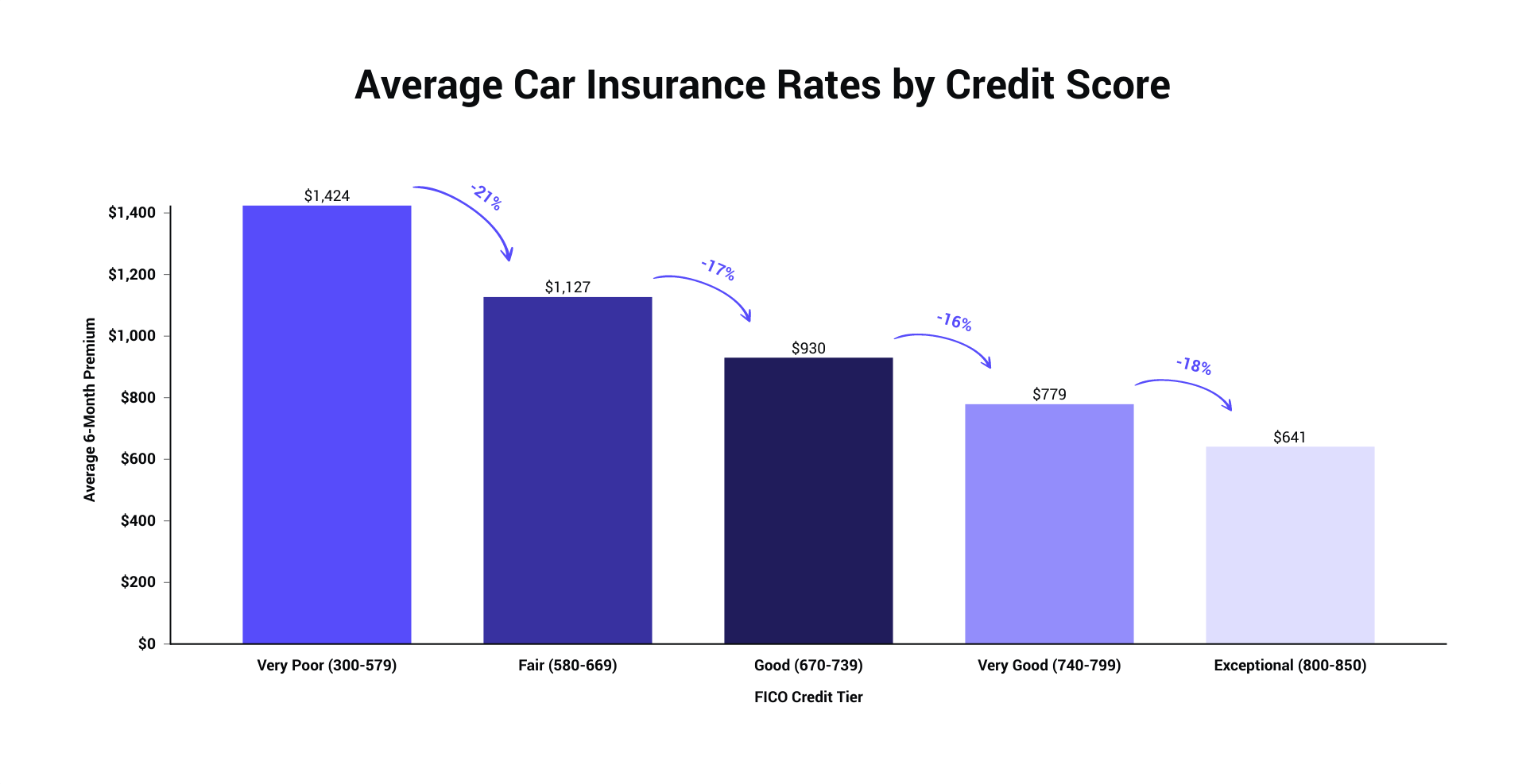You will see coverage amounts noted as three numbers separated by slashes, such as 30/50/30. These numbers represent, in order, physical injury liability per person, physical injury liability per accident and home damage liability per accident, in thousands of dollars. So 30/50/30 insurance covers $30,000 of physical injury per person, $50,000 of physical injury per mishap and $30,000 of home damage per mishap. You can also select to include crash and/or detailed coverage to your policy to create "complete protection." While minimum coverage only secures you against liability claims from others, full coverage likewise secures your car. Crash protection, as the name recommends, safeguards your car when it hits another lorry, structure or other items.
Not everyone needs complete coverage. Here are some things to consider if Learn more full coverage is right for you: Older vehicles may not need complete coverage given that the deductible might be greater than the value of the vehicle. Complete coverage might not be worth it if you rarely drive and have little to no wfg lawsuits history of accidents. If you have a lease or a car loan, check with your lending institution. You may be required to keep complete coverage. Your policy limitations and deductible will fine-tune your cars and truck insurance costs, whether you select minimum or full protection. The policy limitations are just how much the insurer will pay for each kind of occurrence.
Every state requires drivers to bring a minimum quantity of coverage. However when you acquire car insurance coverage, you'll have to decide whether to get. Every state's minimum liability insurance requirements are represented with numbers and slashes. For example, you might see a state's insurance coverage requirement written as 25/50/10. Here's what those numbers imply: Needed bodily injury liability coverage per person/required bodily injury liability protection per accident/required personal effects injury liability coverage per mishap. Minimum protection vehicle insurance coverage differs in every state, however it usually includes: Complete coverage, on the other hand, is essentially the opposite. It consists of protection above and beyond what the state requires - Who owns progressive insurance.
Complete protection cars and truck insurance is more expensive due to the fact that it uses substantially more security. However, it's worth the added expense. If you opt for the state's minimum insurance coverage requirements, you risk of being underinsured. If you get into a pricey accident, there's no guarantee that you'll have adequate protection to spend for the complete level of the damages. In that case, you would be financially accountable for paying the distinction, which would come out-of-pocket. Your credit report can have a huge effect on your cars and truck insurance rates, regardless of other aspects. Just 3 states California, Hawaii and Massachusetts restriction insurance companies from considering credit history, while in lots of states your rates might more than double if your credit is bad.$2,457.
41$1,071. 19$1,728. 63$2,897. 22$1,168. 59$1,534. 08$2,560. 31$1,026. 23$1,336. 58$2,197. 10$860. 52$1,379. 07$1,931. 89$552. 82$1,915. 07$2,976. 39$1,061. 32$1,902. 69$2,701. 59$798. 90$1,952. What is unemployment insurance. 91$2,635. 82$682. 91$1,178. 28$3,486. 49$2,308. 21 $1,058. 96Need to improve your credit report and improve your vehicle insurance rates?Become an authorized user on someone else's charge card (if they have good credit). Pay for a minimum of one balance or request a limitation increase. Either will give you points for having more readily available credit. Even your standard demographics can have a strong impact on your automobile insurance coverage costs. Most (though not all) states allow drivers to be ranked based upon: Younger chauffeurs and those over the age of 75 generally Find out more pay more.
Married people are considered lower risk, and hence tend to pay less for vehicle insurance coverage (How does cobra insurance work). Which vehicle you select can have a surprisingly huge effect on your insurance rates. Huge lorries, Family lorries such as SUVs or sedans, Small automobiles, Sports cars and trucks, specifically those that are considered high-performance, As you may anticipate, insurance provider do not especially like paying claims. So if your driving history is poor, you can expect greater premiums. In order of costliness, some things that might raise your rates consist of: Statistically, the more you drive, the more likely you are to enter into an accident. Likewise, parking on the street is more likely to result in damage than parking in your own garage.
